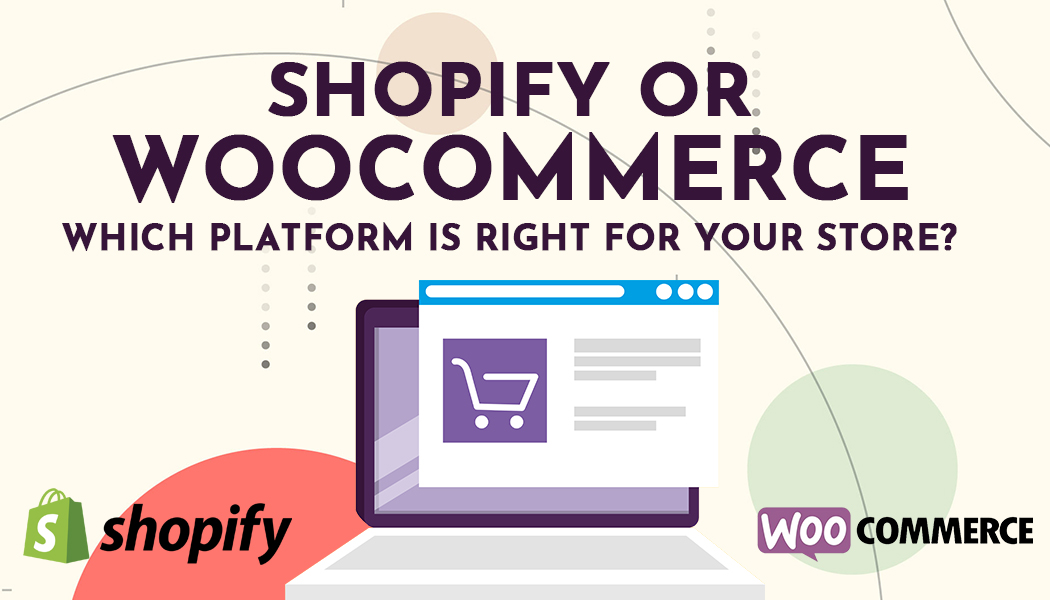Shopify or WooCommerce: Which Platform is Right for Your Store?
When you want an e-commerce store for your business, it’s difficult to know which one to pick. There are many to choose between and each has its pros and cons.
To assist with the decision-making, this article will compare WooCommerce – a plugin that relies on the WordPress content management system – and Shopify vs WooCommerce, which is a self-contained commercial solution.
Key Distinctions Between Shopify and WooCommerce
What sets the eCommerce platforms apart is their applicability and usefulness.
If you have an existing business with a website and wish to sell products on the site, WooCommerce might be the better option if the site already runs on WordPress. About 35 percent of websites now do, so there’s a good likelihood that your site does already. WooCommerce integrates straight into an existing WordPress site to let you quickly add inventory and shipping information to get started.
If you have a bricks-and-mortar operation or you’re looking for a simpler solution, then Shopify has a lot going for it. It’s a one-stop approach to e-commerce. It’s also hosted by the company, so it doesn’t require much technical knowledge to get started.
Design Differences Between the Two Platforms
With WooCommerce, largely speaking the e-commerce integration is intended to fit into the existing design. This avoids confusing the visitors when switching from the regular site to the store. The shopping catalog can be created and then displays easily within the framework of the existing site.
When looking at Shopify, there’s a multitude of different designs possible for the online storefront. Customization is one of its most attractive features for people who need to get their goods online quickly but lack the technical skill or design finesse.
Customization Isn’t an Automatic Feature
Customization is less (or more) important depending on your business and how specific everything needs to be.
With Shopify, while your domain name is used, they host the site. Usually, active customization is only permitted on the home page through some HTML coding tweaks. There are apps to bolt-in new features and themes to pick and choose from, but product variations are sometimes a limitation with the catalog features.
However, because WooCommerce works with WordPress, there are many thousands of extensions and plug-ins to extend its capabilities. Customizing the appearance through its available themes is possible too. Also, being a self-hosted solution, hosting control is retained.
Easier Access to Online Data
One way to make either system operate as you’d like is to provide easier access to data. Certainly, these are the two biggest eCommerce platforms, so it helps if other online apps can share data through the cloud when that’s beneficial.
The use of a tool like PieSync allows a collection of apps to communicate together sharing contacts, transactional information, and other relevant details. This makes data management between apps and SaaS solutions far easier and less time-consuming than they’d otherwise be.
While the market-share split is similar between Shopify and WooCommerce, they’re quite different. However, these two cover a multitude of needs from various business owners wanting to up their e-commerce game.




